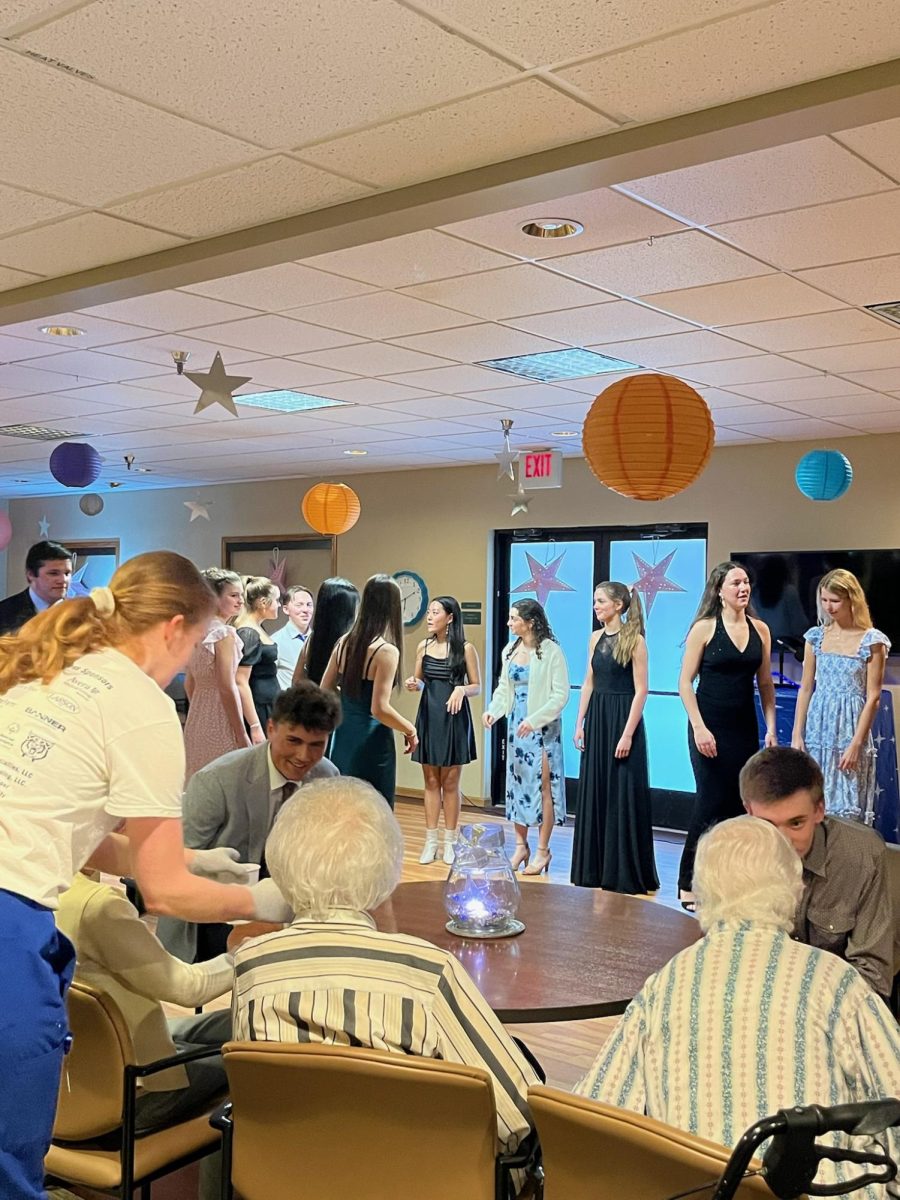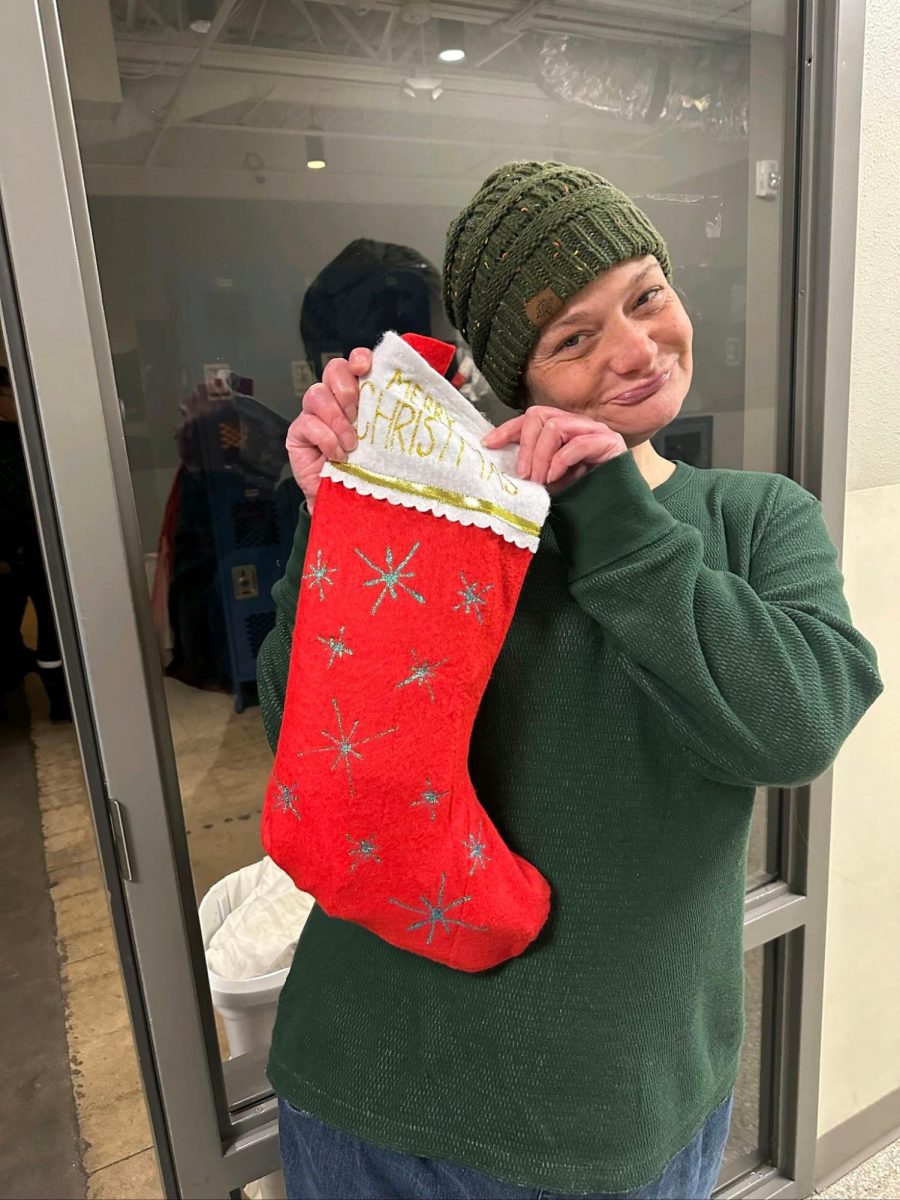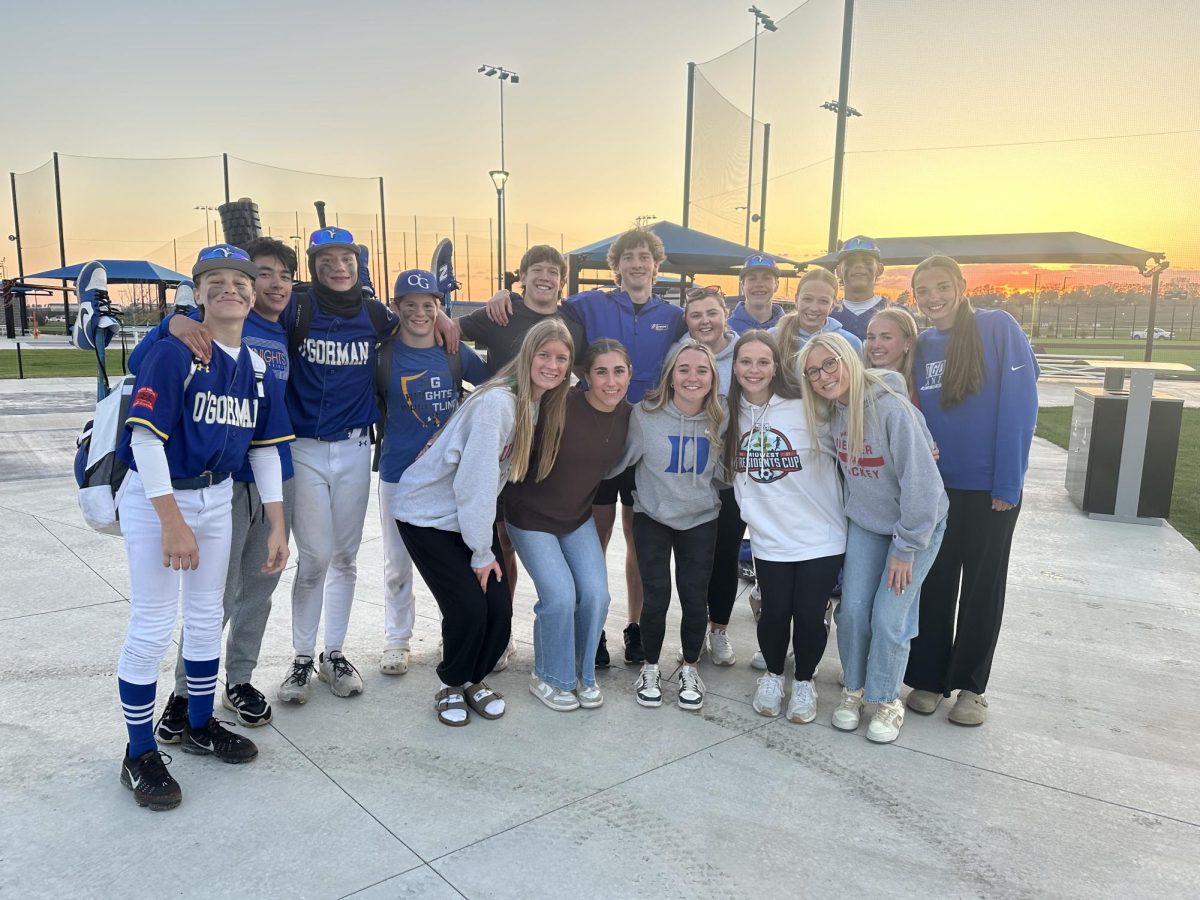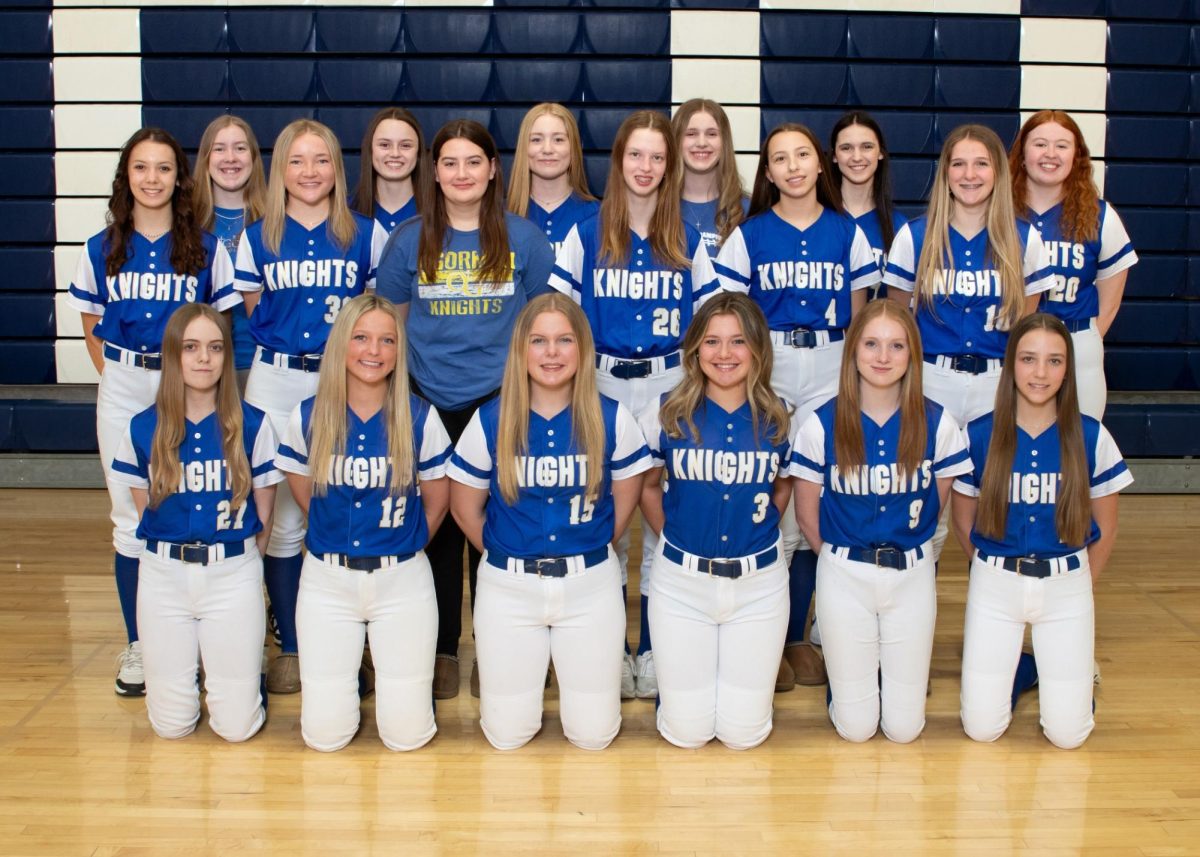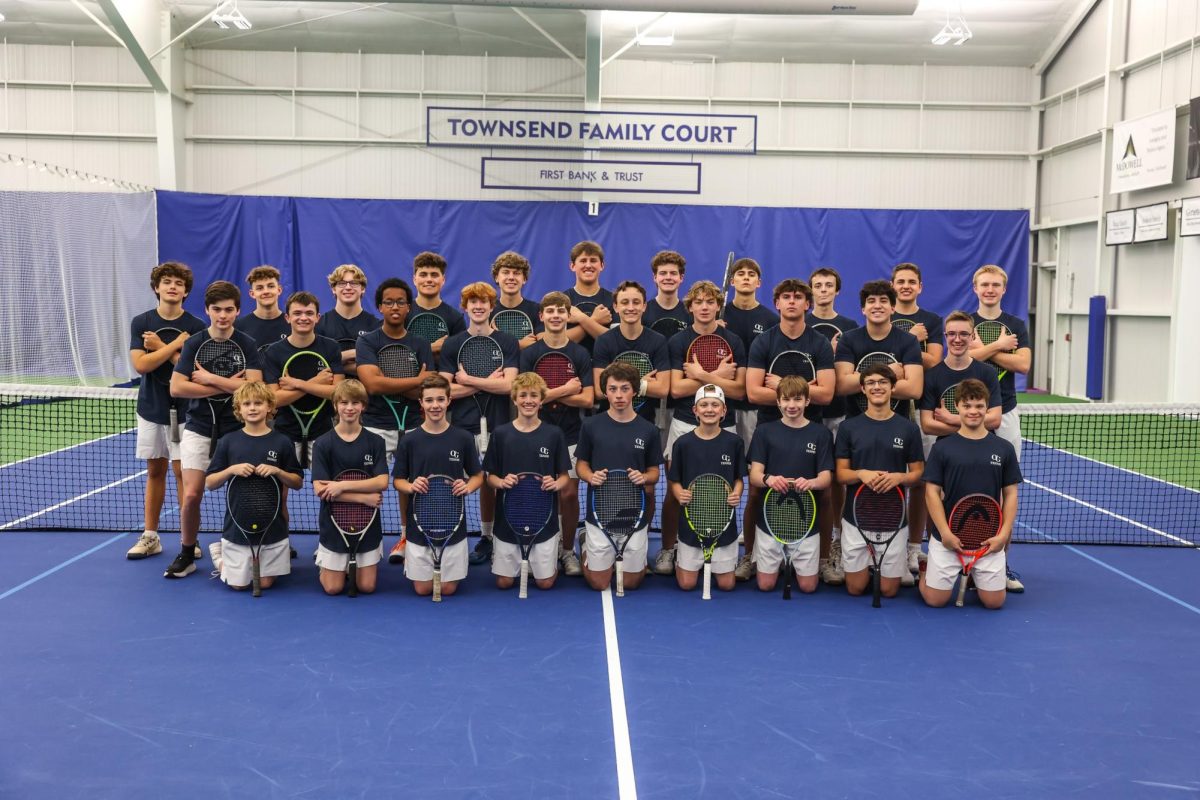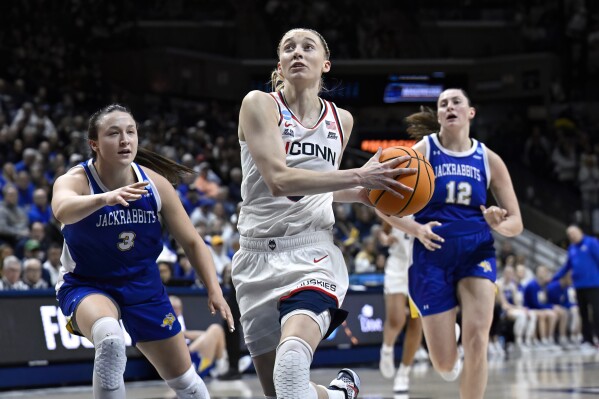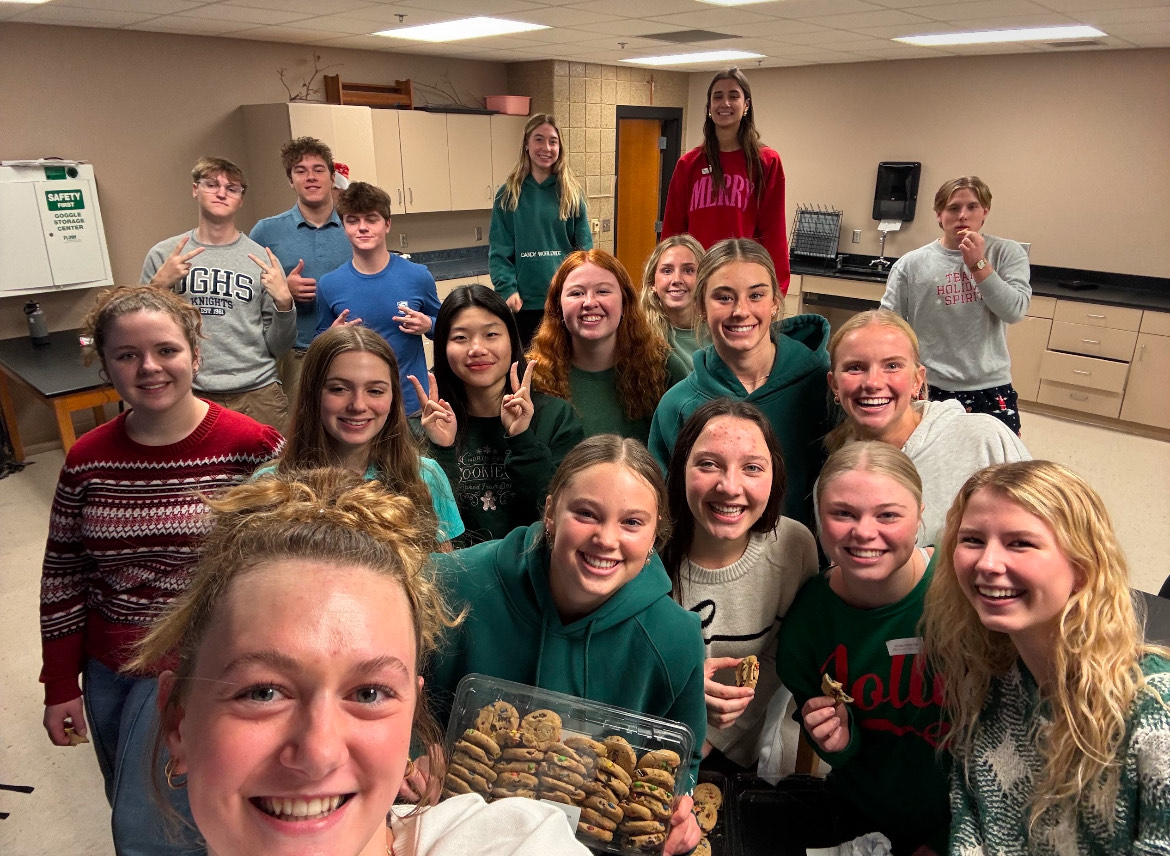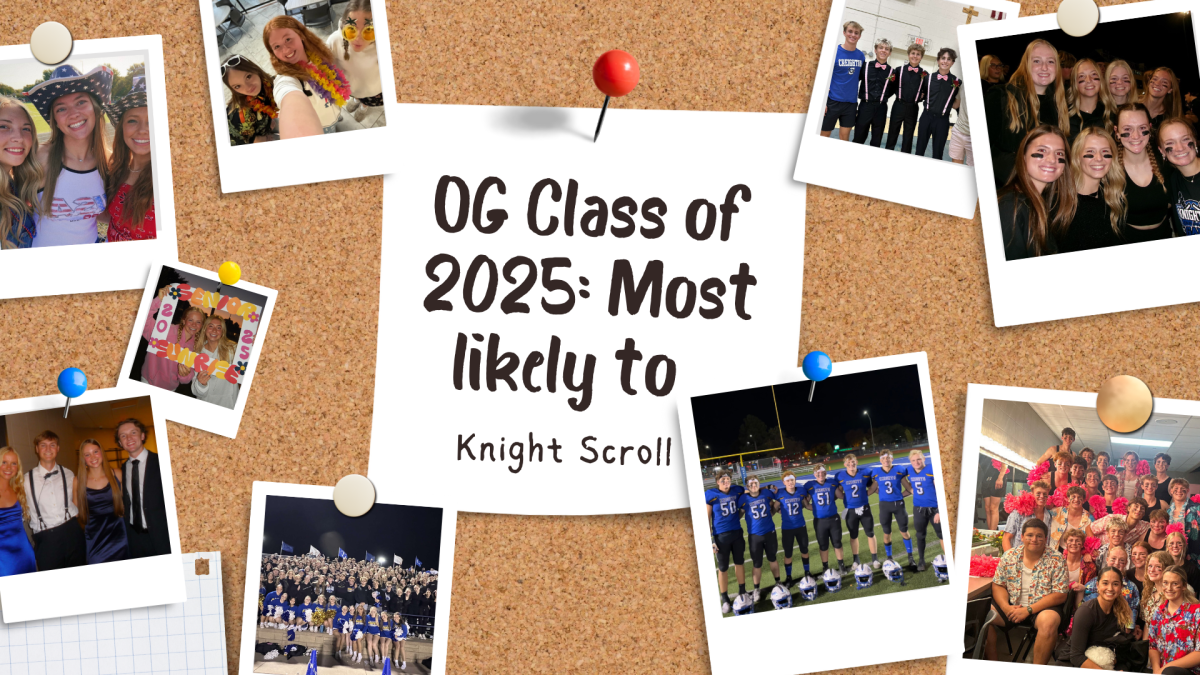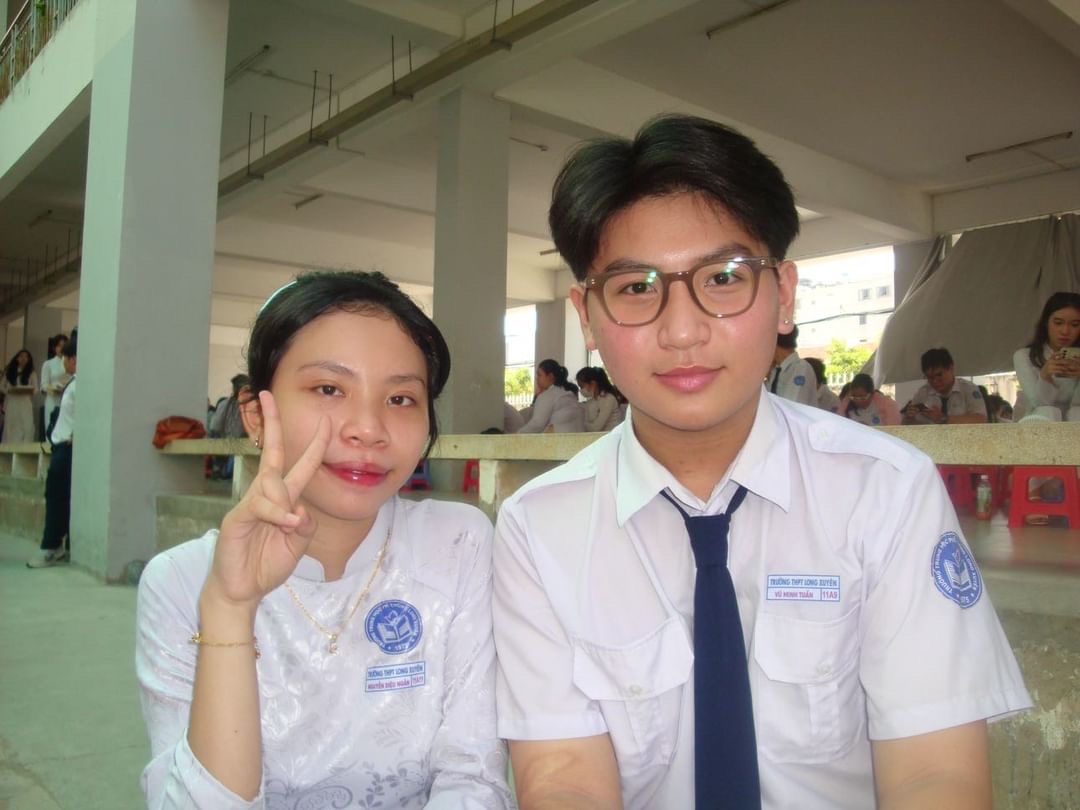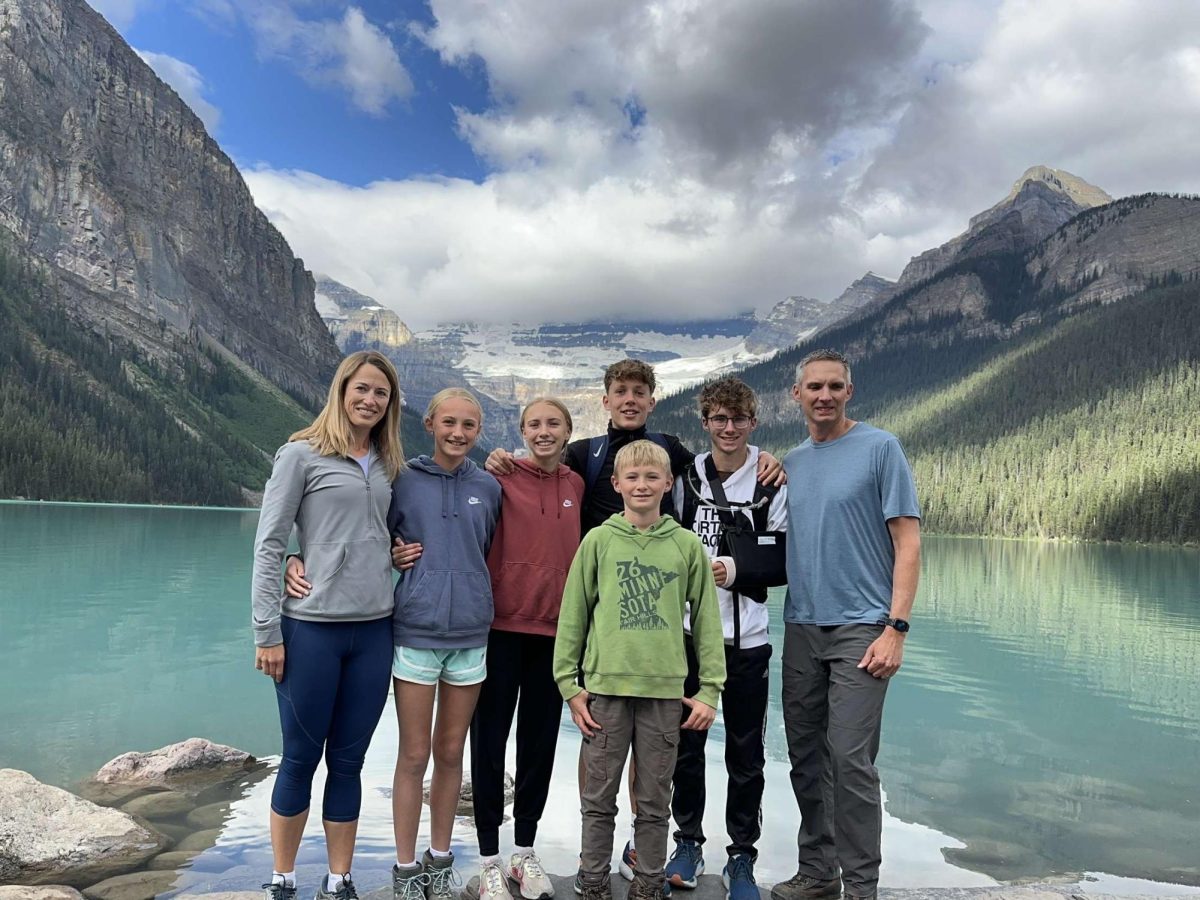The world of artificial intelligence has seeped its way into the workforce, healthcare, transportation and now schools.
Many people believe AI to be a negative tool in this rapidly changing technological society. The first thought that comes to mind may be students cheating on their assignments and tests or companies replacing their marketing team with AI-produced work.
As some of this may be true, it is also hard to deny the fact that artificial intelligence will be a part of our future, but don’t jump to the conclusion that it will be a catastrophe.
The idea of solving the nationwide teacher shortage with AI seems easily plausible, but AI-learning can never replace what a human teacher can do for students, given AI can only spit out information and extract scores from standardized testing.
Yet, these characteristics of AI are exactly what experts believe will shape the future of learning. Hybrid learning is a concept where artificial intelligence programs work alongside a teacher’s curriculum to create a personalized and intellectually-strengthening experience for students.
The AI program ‘Khanmigo’ developed by Khan Academy founder, Sal Khan, aims to have teachers and AI work harmoniously in the classroom, as Khanmigo refers to conmigo which means ‘with me.’
Khanmigo AI program has been developed to categorize students into groups based on their ability to learn and where they are academically. From there, it can create lesson plans for teachers to work off of with their students. Students also have the ability to use writing, grammar, and prompt suggestions. Students can also practice homework from the program.
In no way does Khanmigo or Khan have the intention of completely replacing human teachers
in the school system, as AI is nowhere near being able to replace what hands-on projects, creativity, and real life problem-solving
teaches students. Verbal and social human connections and communication create depth that complement the quick-working programing and intelligence of AI.
Khan hopes to translate this to a larger scale of education and further produce the best model of learning for future students around the world.

